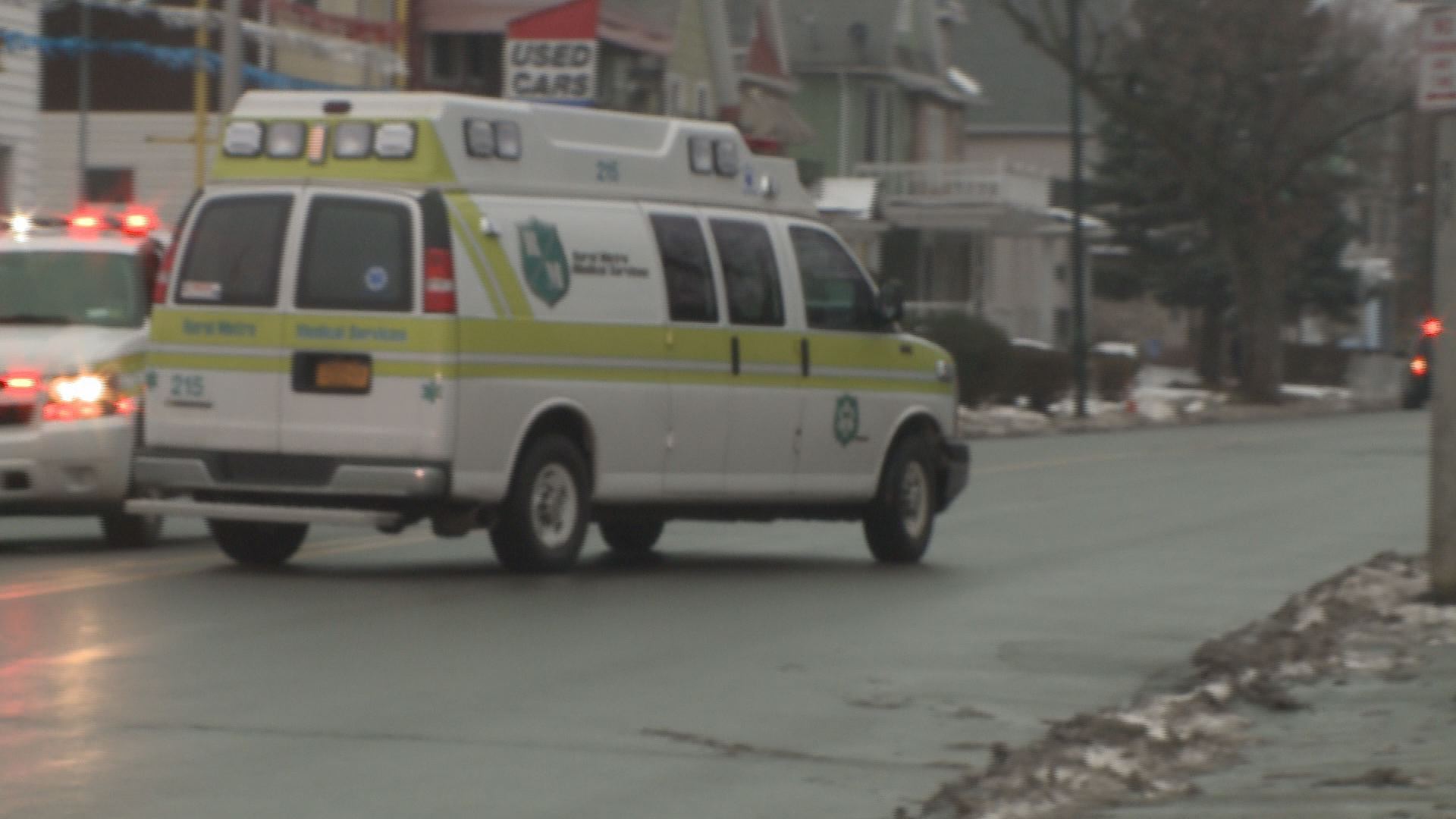

Each stitch in this pattern shows the strength of the white supremacist movement, but each strength also has a downside that shows the movement’s vulnerabilities and limits. The shooter is usually on the fringe, but the broader political environment shaped his targeting. He (and it’s almost always a he) typically posts a manifesto and may stream the attack live or otherwise add a virtual component to deadly real-world actions. (The alleged Buffalo shooter wore tactical gear and body armor and went in with guns blazing to attack supposed enemies of the white race.) These shootings often follow a pattern: An individual, usually not tied to a formal group but identifying with the broader white supremacist community, portrays himself as a commando. In fact, although white supremacists in the United States and elsewhere have long claimed the white race is under attack, the Great Replacement theory itself originated in France with philosopher Renaud Camus (though Camus himself rejects violence).Įven more menacing, there is now a global set of tactics and techniques.

Indeed, the Buffalo shooter’s manifesto specifically referenced the New Zealand attacker.

He, in turn, inspired the El Paso shooter and others, such as a German terrorist who livestreamed his shooting on Twitch when he killed two people in an attack on a Jewish synagogue in Halle, Germany, in 2019. An attack by Anders Behring Breivik, a white supremacist who railed against Marxists and immigrants and killed 77 people in Norway in 2011, helped inspire the New Zealand attacker. White supremacists today are engaged in a global discussion, with violence part of the dialogue. Extremism expert Heidi Beirich described the Buffalo shooter’s manifesto as a “hodgepodge of every crazy white supremacist idea.” He even referenced Kaczynski. Indeed, in recent decades, the white supremacist movement has become interwoven with anti-government extremism, QAnon-type conspiracy beliefs, and other fringe ideas, including the misogynistic “ incel” ideology and even a faction that embraces Ted Kaczynski, the Unabomber. But it also shows how divided white supremacists are in practice: Some prioritize Jews, others the Black community, and still others Muslim migrants, among many targets. Such a broad conspiracy theory helps unify the movement to some degree and allows extremists to adapt the ideology to fit their specific flavor of hatred. In each of these incidents, the perpetrators cited some version of the “Great Replacement” theory, though the racial and religious identities of the victims varied.

The attack, which area law enforcement officials described as a “straight up racially motivated hate crime,” echoed the 2015 shooting at a Black church in Charleston, South Carolina, that killed nine people the 2018 shooting at a Pittsburgh synagogue that killed 11 people the 2019 El Paso Walmart shooting targeting Latinos that killed 23 people and the 2019 mosque shootings in Christchurch, New Zealand, where 51 people died. The alleged shooter livestreamed his attack on Twitch and posted an online manifesto in which he expressed a variety of white supremacist beliefs, including the “Great Replacement” theory-a supposed conspiracy that globalist elites (aka Jews) promote immigration, intermarriage, homosexuality, and other supposed schemes to water down the white race and make white people a minority in countries they long dominated. The horrific terrorist attack on Saturday in Buffalo, New York, that killed 10 people and injured three more is only the latest set of atrocities that white supremacists have inflicted on Black, Brown, Jewish, and other minority communities of the 13 people killed or injured in Saturday’s shooting, 11 were Black.


 0 kommentar(er)
0 kommentar(er)
